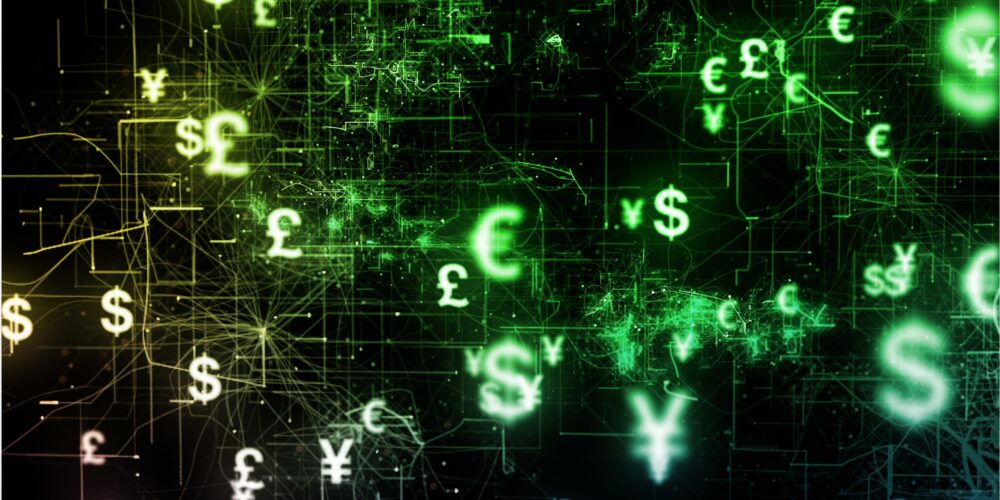The Bank of Israel Introduces Digital Shekel – What Is Its Structure?
The Bank of Israel has announced plans to introduce the Central Bank Digital Currency (CBDC) in the form of a digital shekel. This project envisions a two-tiered structure with a range of innovative features aimed at facilitating and modernizing the payment system in Israel.
Functions of the Digital Shekel
One of the key features of the planned CBDC is the ability to make instant payments 24/7, seven days a week. Another significant characteristic is the support for multiple payments and ensuring the use of digital currency even in offline mode. Additionally, balance limits are planned to help maintain the stability of the financial system.
Privacy Protection for Users
The Bank of Israel assures that within the CBDC project, it will not have access to users’ identity data. Personal data will be stored in encrypted form to ensure complete privacy protection. Concerns regarding personal data and access to them are currently one of the key issues related to new financial technologies.
Innovation and Differences of Israel’s CBDC
Compared to other CBDCs, the digital shekel stands out due to several characteristics. One of the significant differences is its interest-bearing nature and the separation of banks’ roles from wallet and payment services. Moreover, users are planned to have the option to use open banking APIs to manage their CBDC wallets in collaboration with various financial institutions.
The Future of the Digital Shekel in Israel
The planned digital shekel will encompass a central database with information on pseudonymous account balances, enabling the central bank to identify corporate balances. Personal data will be securely stored and only institutions providing payment services will have access to them. Israel foresees that the digital currency will be widely used across different user groups and varying balances.
Finally, it is worth mentioning that the Bank of Israel’s initiative aims to create a modern, secure, and efficient payment system that meets the requirements of the contemporary digital economy.




